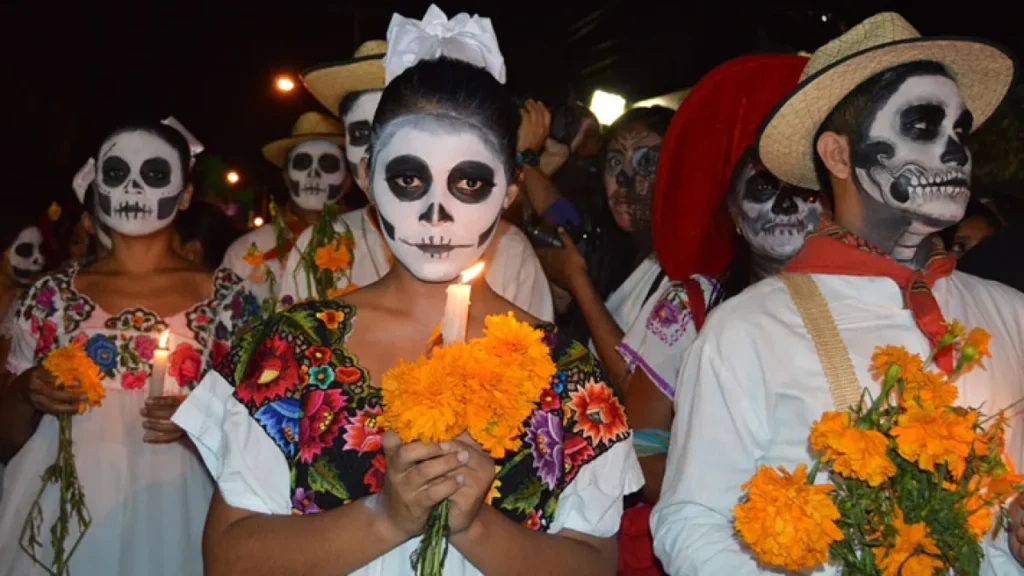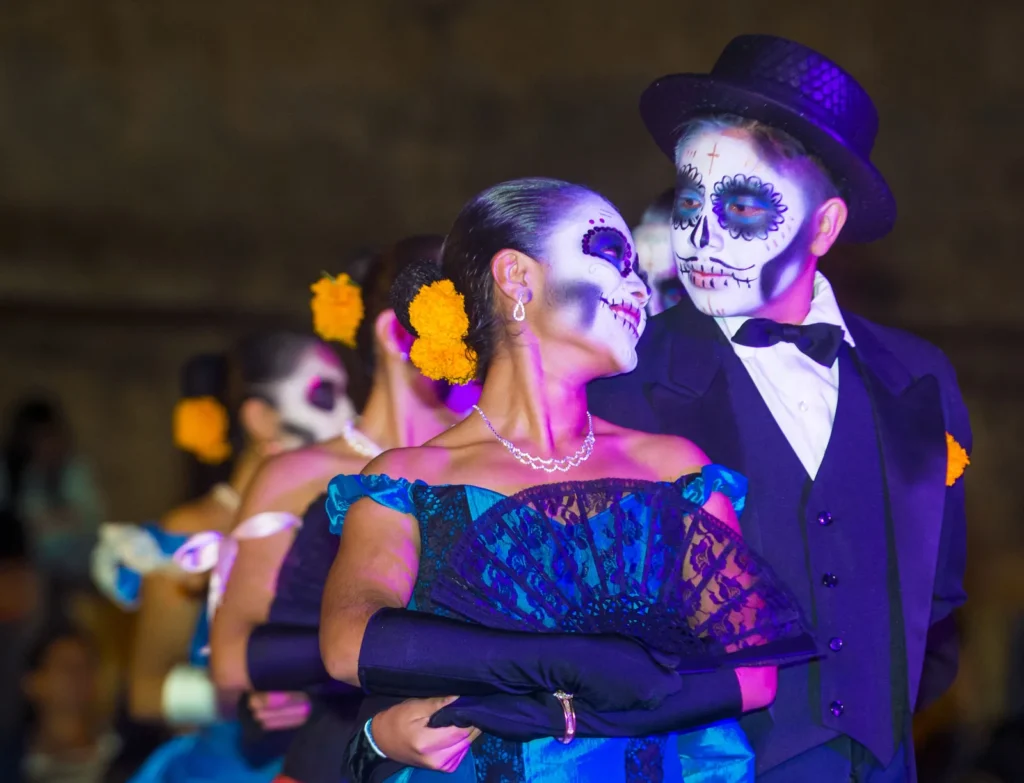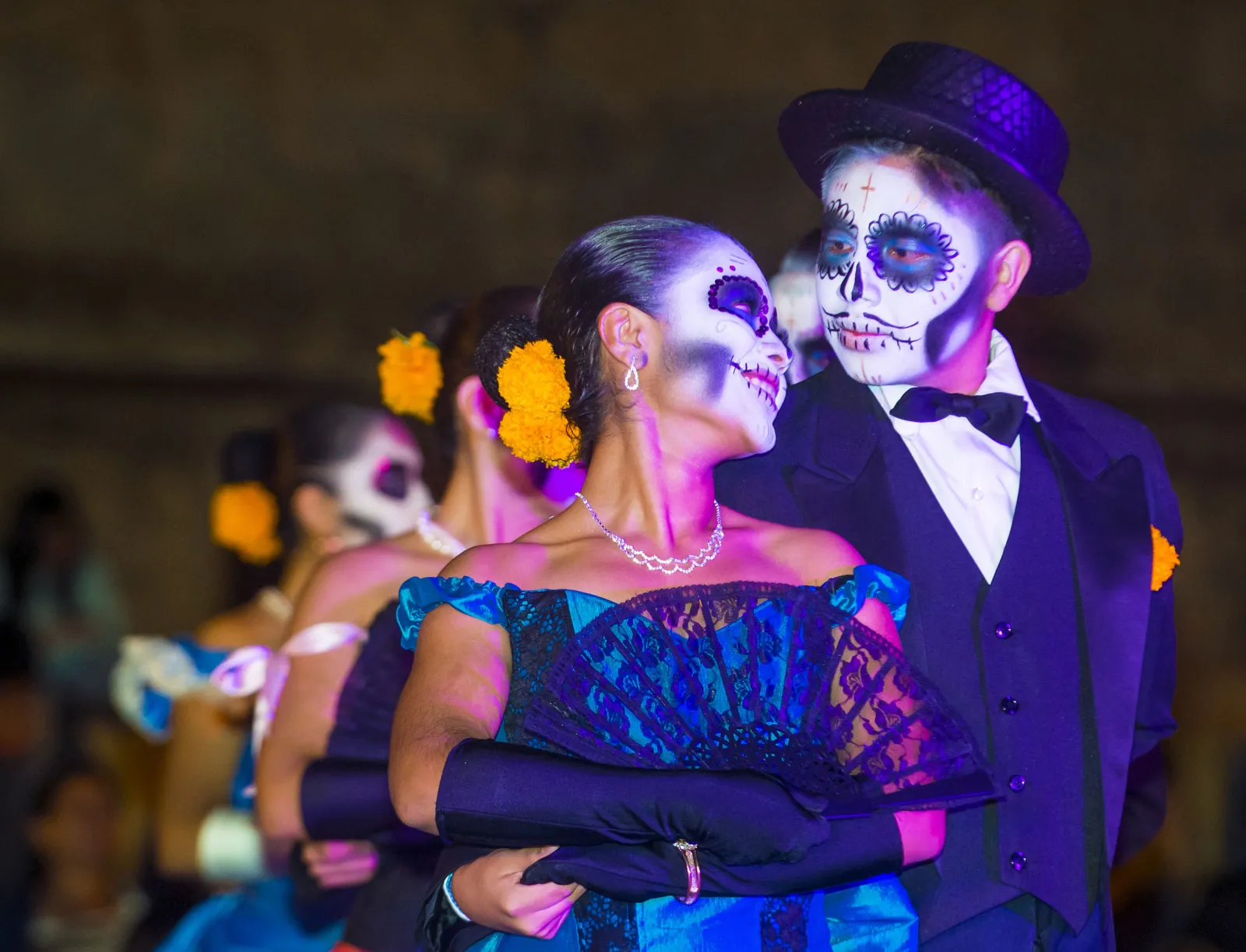Title: Celebrating Life and Remembering Loved Ones: The Beauty of Dia de los Muertos
Introduction
Dia de los Muertos, or Day of the Dead, is a vibrant and culturally rich Mexican holiday that has captured the imagination of people worldwide. This annual celebration, which takes place on November 1st and 2nd, is a time to honor and remember deceased loved ones. It’s a beautiful and profound tradition that blends indigenous Mexican beliefs with Catholicism, resulting in a unique and colorful commemoration of life, death, and the enduring connection between the living and the deceased.
Origins of Dia de los Muertos
The roots of Dia de los Muertos can be traced back to pre-Columbian Mexico, where the indigenous peoples, such as the Aztecs, practiced rituals to honor their deceased ancestors. When the Spanish colonizers arrived in the 16th century and introduced Catholicism, these indigenous customs merged with Christian beliefs surrounding All Saints’ Day (November 1st) and All Souls’ Day (November 2nd). This fusion of traditions gave rise to the modern Dia de los Muertos.

image credit google
What is Dia de los Muertos, and how did it originate?
Dia de los Muertos, or Day of the Dead, is a Mexican holiday that combines indigenous customs with Catholic traditions to honor and remember deceased loved ones. Its origins can be traced back to pre-Columbian Mexico, where indigenous peoples, such as the Aztecs, practiced rituals to honor their ancestors.
The Beauty of Ofrendas
One of the most visually striking aspects of Dia de los Muertos is the creation of ofrendas, or altars, which are dedicated to the deceased. These altars are adorned with an array of items, including photographs of the departed, candles, marigolds, sugar skulls, incense, and the favorite foods and beverages of the deceased. The ofrendas serve as a means to welcome the spirits back to the world of the living and to provide them with the comforts they enjoyed in life.
2. What is the significance of ofrendas in Dia de los Muertos?
Ofrendas, or altars, are a central element of Dia de los Muertos. They are adorned with various items, such as photographs of the deceased, marigolds, candles, incense, and the favorite foods and beverages of the departed. Ofrendas are a way to welcome the spirits back to the world of the living and provide them with comfort and sustenance.
Marigolds, known as cempasúchil in Nahuatl, the language of the Aztecs, play a significant role in Dia de los Muertos. The vibrant orange and yellow flowers are believed to guide the spirits of the dead to their earthly altars. The fragrance and vivid colors of marigolds are thought to help attract and please the visiting souls.
Calaveras and Sugar Skulls
Calaveras, which are whimsical and often satirical depictions of skeletons, are another iconic element of Dia de los Muertos. These skeletal figures are featured in various forms, including paper mache sculptures, costumes, and drawings. Calaveras are not meant to be morbid or frightening; rather, they are a reminder that death is a natural part of life and should be embraced with a sense of humor and celebration.
Sugar skulls, or calaveras de azúcar, are a delightful and artistic part of the celebration. These intricately decorated confections are made from sugar, meringue powder, and food coloring. They are often personalized with the names of deceased loved ones and are given as gifts or placed on ofrendas.
What are sugar skulls, and how are they associated with Dia de los Muertos?
Sugar skulls, or calaveras de azúcar, are intricate and personalized confections made from sugar, meringue powder, and food coloring. They are often given as gifts or placed on ofrendas to honor the deceased. Sugar skulls are a sweet and artistic representation of the holiday’s themes.
Processions and Cemetery Visits
In many Mexican towns and cities, people participate in vibrant processions, or calaveras, during Dia de los Muertos. Participants often dress in elaborate costumes and paint their faces like calaveras, walking through the streets to celebrate the holiday. These parades are a festive way to honor the dead and affirm the ongoing connection between the living and the deceased.
Cemetery visits are another integral part of Dia de los Muertos. Families gather at the gravesites of their loved ones to clean and decorate them with candles, flowers, and ofrendas. It’s a time for reflection and storytelling, as people share memories and anecdotes about the departed. The cemetery becomes a place of vibrant color and heartfelt emotion, transforming it into a beautiful and sacred space.

image credit google
The Importance of Remembering
Dia de los Muertos is not a mournful occasion but rather a celebration of life and death. It emphasizes the belief that the spirits of the deceased return to the world of the living to be with their families, even if only for a short time. It’s a way of ensuring that the memories and stories of those who have passed on are not forgotten. By actively remembering and celebrating the lives of their ancestors, families and communities maintain a strong connection to their cultural heritage and to one another.
Conclusion
Dia de los Muertos is a remarkable and beautiful holiday that celebrates the beauty of life and the enduring bond between the living and the deceased. Through ofrendas, marigolds, calaveras, and communal gatherings, this tradition encourages people to embrace death as an intrinsic part of life. It serves as a powerful reminder that love, memories, and the spirit of our loved ones live on, even after they have departed. In a world that often shies away from discussions of death, Dia de los Muertos offers a refreshing and vibrant perspective on the cycle of life and death, showcasing the enduring beauty of remembrance.
